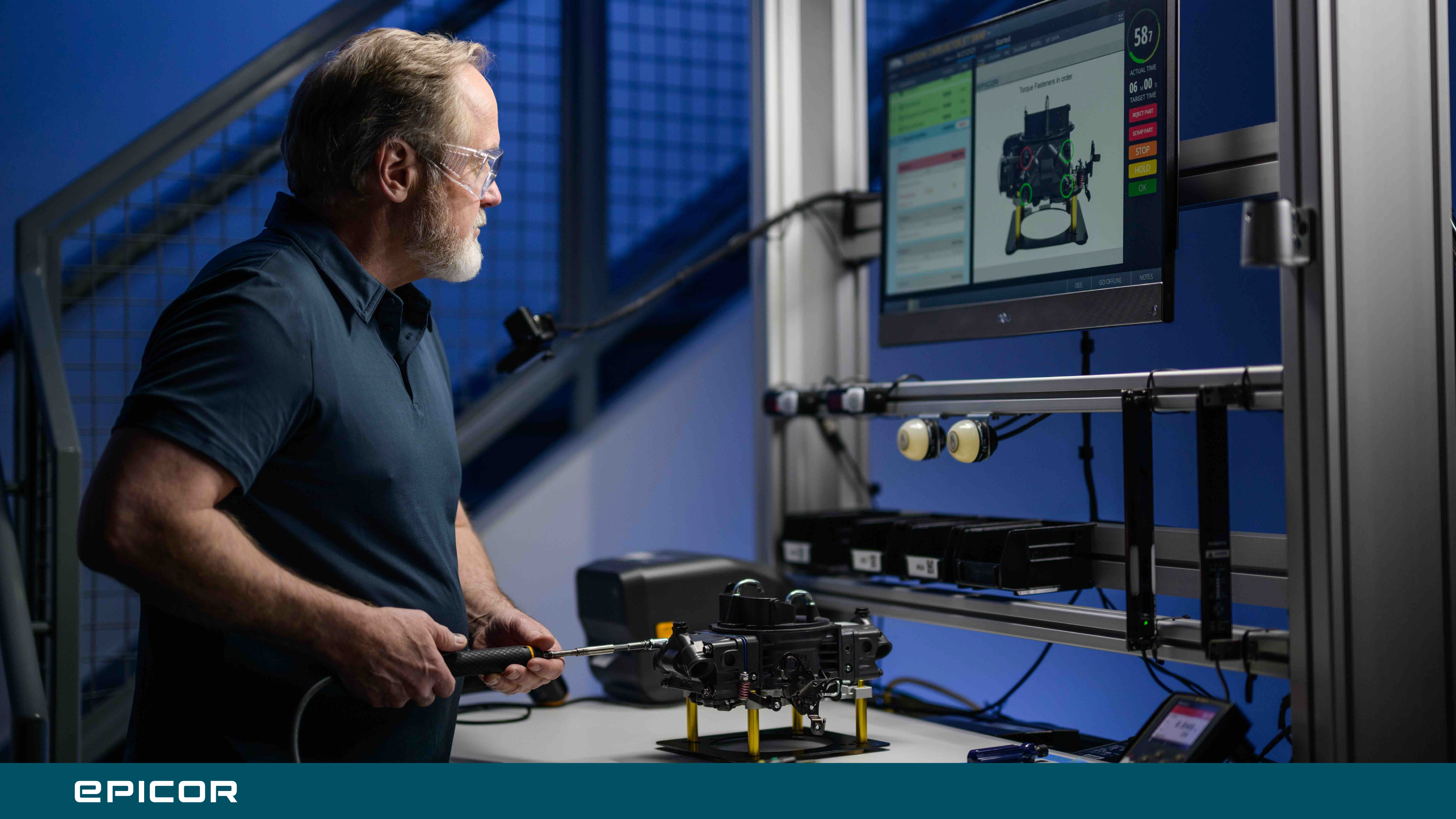Closing the Manufacturing Skills Gap
by Jason Bullard, on Jul 26, 2023 2:56:36 PM
How to upskill employees with digital work instructions
Digital work instructions are an integral feature in the connected process control solutions that are transforming factories and making production environments more efficient, more consistent, more flexible, and more transparent.

Digital work instructions do more than just optimize operations and reduce errors. Manufacturers who have undergone a digital transformation and have implemented connected process control technologies are discovering that digital work instructions are also an enormously effective training tool. They can be used for rapid and effective training of new employees, for speedy and error-free implementation of new processes or protocols, and for upskilling to add new expertise that expands the skillset of experienced operators.
Training and traction
At a time when high turnover and the rising cost of labor makes recruiting and retention arguably more important than ever, digital work instructions are an invaluable training and onboarding tool. The granularity, detail, and customizable step-by-step walkthroughs are ideal for fast and effective training. In some cases, you’ll be able to reduce what used to be a weeks-long training process to a matter of days with dramatically quicker onboarding and productivity metrics.
New processes and protocols
Digital work instructions are equally well-suited for upskilling in structured training areas, such as a training bench or lab space. Operators can test out new processes or products with hands-on training and digital guidance from systems that can verify that each step in the training process has been completed before moving forward.
Expanding skillsets
By enabling more experienced operators to continue building and expanding their existing skillset in a structured manner, digital work instructions benefit both manufacturers and employees alike. Training can be conducted offline in a structured manner through established courses or programs. It can also be tied to financial and professional incentives that boost retention and lead to workers who feel both valued and empowered.
Broader applications
The same type of digital-work-instruction processes and concepts (based on lean learning) can be applied to virtually any type of training or scenario where new or expanded skillsets are beneficial. The same tech platform used to great effect in production environments can be readily leveraged for a wide range of training applications. Manufacturers have a built-in curriculum with proprietary content and a platform that is ideal for training. The possibilities are virtually limitless.
Data-driven visibility and increased readiness
With cycle times, device feedback, and sophisticated and often real-time quality reporting made possible with the best connected process control solutions, manufacturers have access to more detailed and relevant data than at any other time in the history of modern manufacturing. That data provides valuable and specific operational feedback, enabling manufacturers to identify, among other things, whenever there is variability in performance metrics. This is hugely beneficial in correcting problems and addressing inefficiencies by making it easier to get to the heart of an issue and identify whether the unwelcome variability is due to an ergonomics problem, a tooling problem, a part problem, a training/performance problem, or something else entirely.
That same feedback doesn’t just make digital work instructions a powerful mechanism for problem-solving and operational refinement, but also for precisely calibrated training programs. Highly detailed and specific feedback means manufacturers with access to connected process control technologies can design and modulate training based on need and capabilities—an extraordinary new level of customization that leads to ongoing optimization. As training performance increases and variability decreases, manufacturers can steadily reduce work instruction granularity—in other words, operators who have proven that they can walk will now have the freedom to learn how to run. In an industry where operator performance is one of the great variables and where mistakes and inefficiency come with a high price tag, this shift represents a powerful and potentially game-changing upgrade in training and upskilling capabilities.
To learn more about digital work instructions and the connected frontline worker click the associated links.